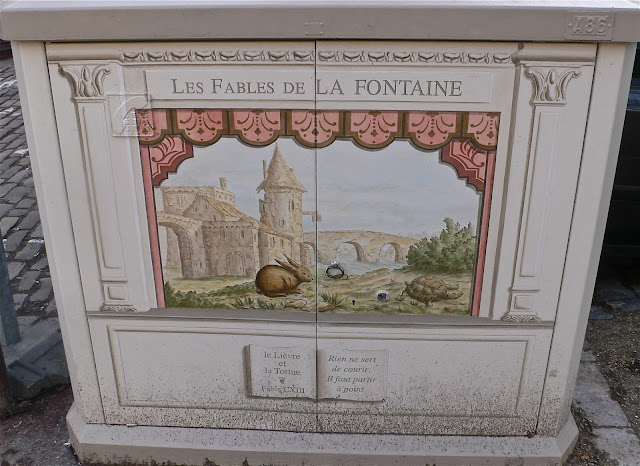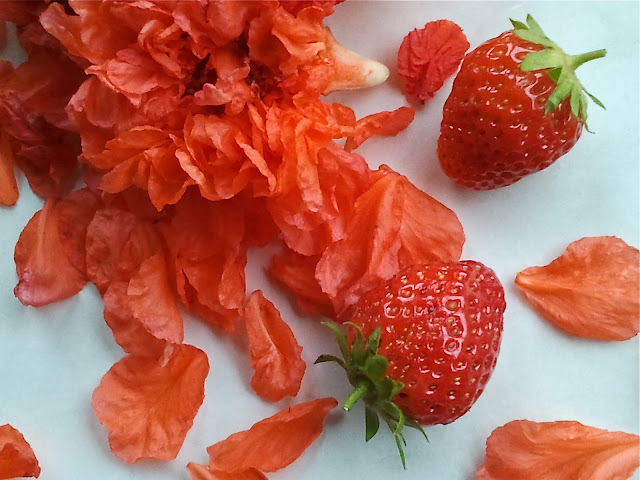Freshly picked Pierre de Ronsard roses, a variety inspired by the French Renaissance poet's celebrated line "Mignonne, allons voir si la rose..." in his sonnet, Ode À Cassandre. Composed in 1545, de Ronsard's poem likens the passing of youth to the blossoming and fading of a rose. Life is short.
The ode was
put to music first by Jehan Chardavoine in 1575 and became a popular song of the Renaissance. Later in that century it also inspired a polyphonic version. In the 19th century Richard Wagner while visiting Paris, set the ode to song in
Mignonne, WWV57, a lied for voice and piano. In fact, throughout the centuries the sonnet has inspired a number of musical compositions, including Cécile Chaminade's (1857-1944) beautiful melody
exquisitely interpreted by the confirmed countertenor star, Philippe Jaroussky.
Although the Pierre de Ronsard rose, also known as the Eden Rose, is not very fragrant, its large and heavy, cabbage-shaped double blossom begins as a light green bud that opens into an ethereal creamy, pink-tinged flower. As it ages the blossom becomes white. Disease-resistant and easy to grow, the Pierre de Ronsard can be grown as a shrub or a two-meter high climber. The variety is a hybrid developped in 1987 by
Meilland Roses, a French firm. In 2006 it was voted the most popular rose in the world at an international rose convention in Osaka, Japan.
This is a rose to pick especially before it rains, like friend Sylvia did who provided the above photo, because the blossoms become too heavy with water and deteriorate rapidly.
Vocabulary
un lied: from German, a long poem sung by one voice accompanied by a piano or an instrumental ensemble; (plural form is lieder)
une mélodie: in French, a particular form of music consisting of a brief composition for voice accompanied by a piano or ensemble; similar to the German lied or art song, the English musical equivalent
un rosier grimpant: a climbing rosebush
©2012 P.B. Lecron













































